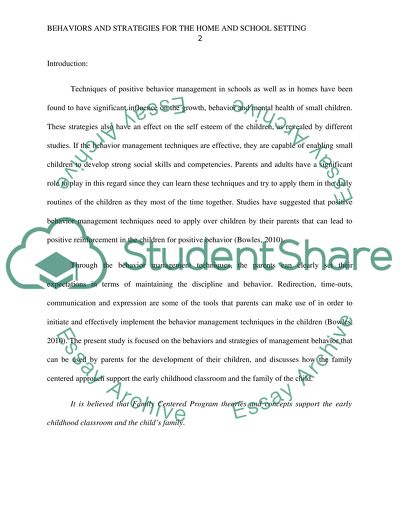Cite this document
(“Behaviors and Strategies for the Home and School Setting Term Paper”, n.d.)
Behaviors and Strategies for the Home and School Setting Term Paper. Retrieved from https://studentshare.org/education/1401726-behaviors-and-strategies-for-the-home-and-school
Behaviors and Strategies for the Home and School Setting Term Paper. Retrieved from https://studentshare.org/education/1401726-behaviors-and-strategies-for-the-home-and-school
(Behaviors and Strategies for the Home and School Setting Term Paper)
Behaviors and Strategies for the Home and School Setting Term Paper. https://studentshare.org/education/1401726-behaviors-and-strategies-for-the-home-and-school.
Behaviors and Strategies for the Home and School Setting Term Paper. https://studentshare.org/education/1401726-behaviors-and-strategies-for-the-home-and-school.
“Behaviors and Strategies for the Home and School Setting Term Paper”, n.d. https://studentshare.org/education/1401726-behaviors-and-strategies-for-the-home-and-school.


